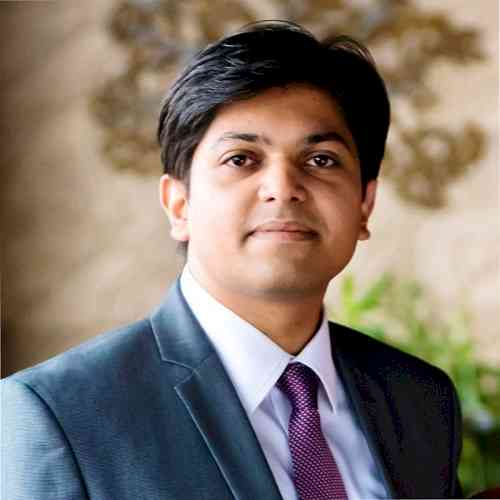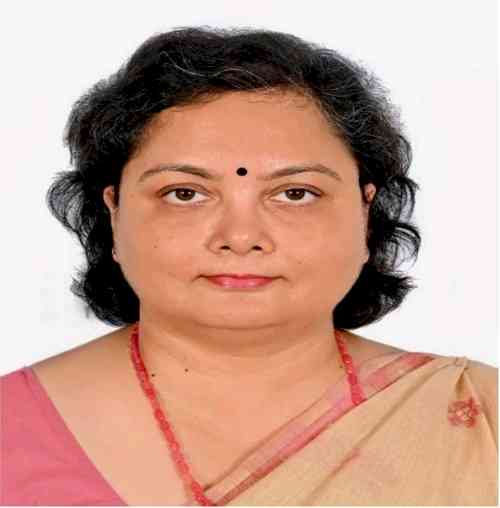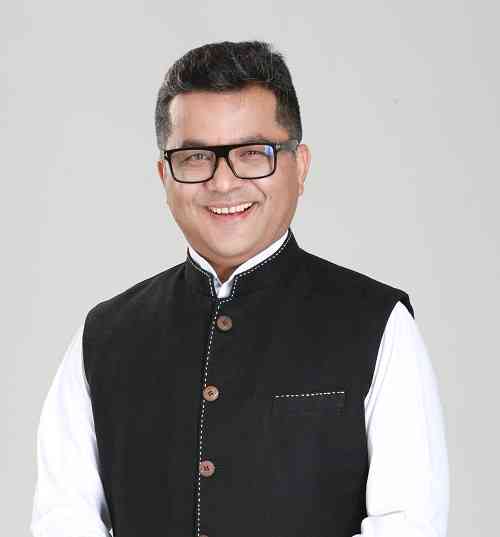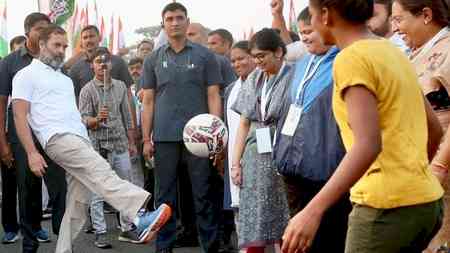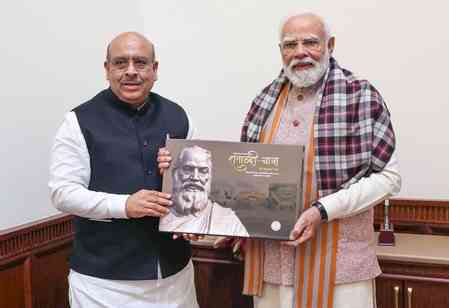Here is why awareness of Hypertension in children is important for parents
Initially, we used to believe that hypertension or high blood pressure is a condition that generally impacts people in their forties and fifties. However, in recent times children as young as 3years are getting hypertension.

Initially, we used to believe that hypertension or high blood pressure is a condition that generally impacts people in their forties and fifties. However, in recent times children as young as 3years are getting hypertension. This is a grave medical issue, as many parents are unaware that children can get affected by hypertension, which leads to delay in the prognosis, misdiagnosis, and adverse outcomes that can affect the overall well-being of the child.
Blood is constantly circulated through nerves in the human body, like water that passes through a pipe. Blood pressure increases when there is pressure in the walls of the blood vessels. Further blood pressure can also increase if there is a nerve blockage. Also, when the water content in the body is reduced due to vomiting or diarrhoea, blood flow through the body is significantly reduced, resulting in low blood pressure. This means that blood pressure as an individual can fluctuate due to various reasons.
Ideally, blood pressure should be 120 systolic and 80 diastolic in normal individuals. On the other hand, blood pressure in children changes based on their age, height, weight, and gender. That is why it is difficult to track the average blood pressure in a child as it often keeps fluctuating. To track any significant change, blood pressure should be monitored by a doctor.
Now, what is hypertension?
Blood pressure in children at or over the 95th percentile for a child of the same sex, age, and height is known as hypertension. This brings us to the question: who is at risk of hypertension, and which child should get their blood pressure checked? All children above the age of three should have their blood pressure checked every year. If any of the following concerns exist in children younger than 3years, they must also have their blood pressure monitored.
• A premature baby who is born before 32 weeks of pregnancy and weighs less than 1800 grams at birth.
• Any cardiac abnormalities present during the birth.
• Recurring UTI or other kidney conditions.
• Family history of any kidney disease.
• Organ transplants.
• Cancer.
According to the 2017 AAP clinical practice guidelines, 4 percent of kids aged 12 to 19years have hypertension, and ten percent have pre-hypertension. This data reflects that primary hypertension is now increasingly common in most children and adolescents. Since it is a leading cause of hypertension, children and adolescents must also be tested for concomitant cardiovascular illnesses, such as diabetes mellitus and hyperlipidemia. The doctor must use the patient’s history, physical examination, and focused screening tests to test for these conditions. It is exceptionally critical that children with hypertension make lifestyle adjustments to their life, including daily exercise and a proper balanced diet.
Children with symptomatic hypertension (including headaches and cognitive changes), without a modifiable factor such as obesity, evidence of left ventricular hypertrophy on echocardiography, any stage of hypertension associated with chronic kidney disease or diabetes, or persistent hypertension despite a trial of lifestyle modifications would require antihypertensive medications. These children need medical evaluation for cardiovascular damage with echocardiography as it can help medical experts to flag off any concerns related to heart diseases and infections.
In conclusion, awareness about hypertension, particularly in children, is very poor among the parents and paediatricians. Many clinics and hospital OPDs even lack a blood pressure machine and different sizes of blood pressure cuffs and blood pressure charts for children. The need of the hour is to create awareness about this condition so that it does not become a significant health crisis in the future.
Authored by:
Dr. Sumita Saha, consultant pediatric and neonatology, Fortis Hospital, Anandapur, Kolkata


 City Air News
City Air News 
